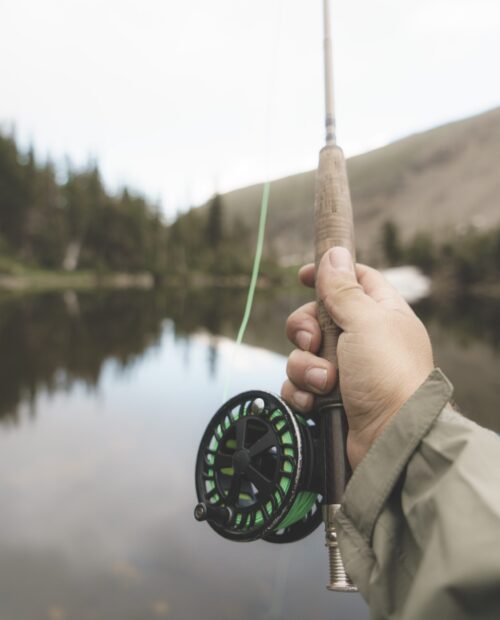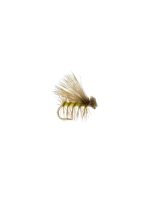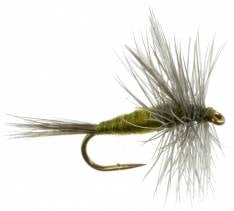Yellowstone River (Livingston, Montana)
Discover the joys of fly fishing on the legendary Yellowstone River near Livingston, Montana. This article provides a comprehensive guide on fishing the river, covering topics such as the best time to fish, access points, local guide shops, fishing traffic, rod selection, seasonal flies, fishing techniques, rigging your rod, local laws, and restrictions. Whether you’re a beginner or an experienced angler, this guide will equip you with the knowledge you need to make the most of your fly fishing experience on the Yellowstone River.
The Yellowstone River and Fishery
The Yellowstone River, originating in Yellowstone National Park, is a world-renowned fishery renowned for its pristine waters and diverse fish population. Stretching over 692 miles, the river provides abundant opportunities for fly fishing enthusiasts. The best time to fish the Yellowstone River is during the late spring and early summer months, typically from May to July. This period offers optimal water conditions and hatches, attracting various species of trout, including brown, rainbow, and cutthroat trout.
Best 5 Places to Access the River and Local Guide Shops
Here are five top access points along the Yellowstone River near Livingston, along with directions and recommended local guide shops:
| Access Point | Location | Guide Shop |
| Mallard’s Rest | North of Livingston | River’s Edge Fly Shop |
| Pine Creek | South of Livingston | Sweetwater Fly Shop |
| Mayor’s Landing | Livingston | Montana Troutfitters |
| Grey Owl | East of Livingston | George Anderson’s |
| Carbella | West of Livingston | Parks’ Fly Shop |
Fishing with the Lowest Traffic
For anglers seeking solitude and reduced fishing traffic, exploring the less popular sections of the Yellowstone River can be a rewarding experience. The river’s upper stretches, away from major access points, offer a more secluded fishing environment.
Busiest Fishing Spot
The stretch of the Yellowstone River near Livingston, specifically around Mayor’s Landing, tends to attract more fishing activity due to its accessibility and productive fishing opportunities. This area can be bustling with anglers during peak fishing seasons.
Ideal Rod Selection
When fly fishing the Yellowstone River, it is recommended to use a 9-foot fly rod with a line weight of 5 or 6. This versatile rod length and weight combination provides the necessary power and control to handle different fish species and casting situations encountered on the river.
Seasonal Flies for the Yellowstone River
Here are some of the different flies to consider during each season:
- Spring (March to May): Blue-winged Olives, Midges, Stoneflies
- Summer (June to August): Caddisflies, Pale Morning Duns, Grasshoppers
- Fall (September to November): Baetis, October Caddis, Streamers
- Winter (December to February): Midges, Baetis, San Juan Worms
Fishing Techniques for the Yellowstone River
To increase your chances of success, try these effective fishing techniques on the Yellowstone River:
- Dry Fly Fishing: Presenting dry flies on the water’s surface to imitate insects hatching or floating.
- Nymph Fishing: Using subsurface nymph patterns with weight to mimic immature insects.
- Streamer Fishing: Stripping streamer flies through the water to imitate baitfish or leeches.
Rod Rigging: Proper Weights, Leaders, and Nymphing Depths
When rigging your fly rod, use a floating fly line matched with a leader of 9-12 feet, tapered to 4X-6X. For nymphing, attach split shot weights above the nymph to achieve the desired depth. Start with lighter weights and gradually increase if needed, ensuring the nymphs drift near the river bottom where trout typically feed.
Local Laws and Restrictions
Before fishing the Yellowstone River, familiarize yourself with the local fishing regulations and restrictions. Obtain the necessary fishing license, follow catch-and-release guidelines for certain sections, and be aware of any seasonal closures or special regulations.
Conclusion: Explore the Wonders of Fly Fishing on the Yellowstone River
Fly fishing the Yellowstone River near Livingston, Montana, offers an unforgettable angling experience amidst breathtaking scenery and abundant wildlife. Whether you’re casting dry flies during a summer hatch or nymphing through the winter months, the river’s diverse fish population and pristine waters will provide endless opportunities for anglers of all skill levels. Plan your visit, equip yourself with the right gear, and immerse yourself in the magic of fly fishing on the Yellowstone River.


